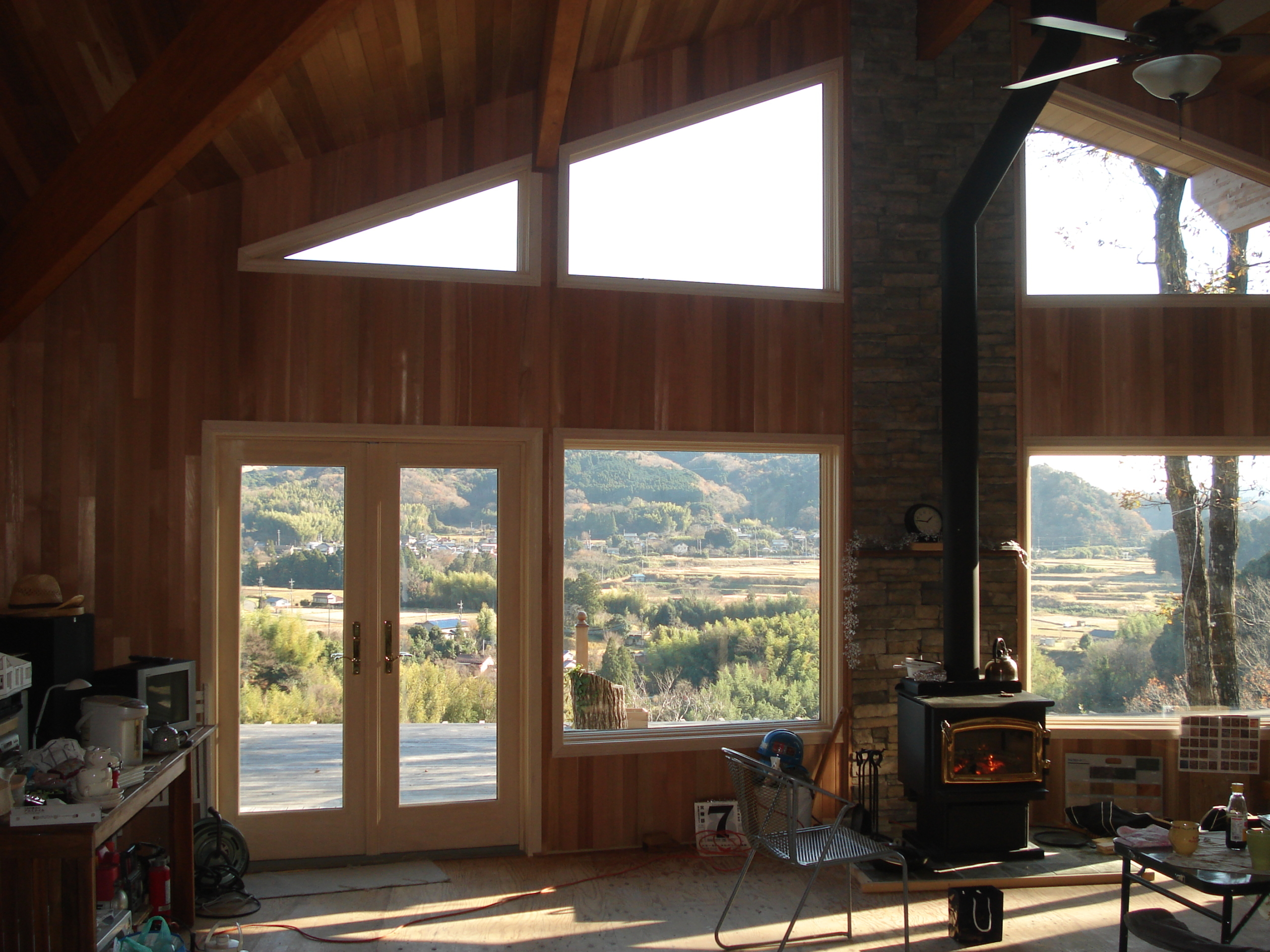 Everywhere you look these days, COVID-19 is forcing change. Japan is no exception and for this nation that long maintained a rigid work environment, the changes are dramatic.
Everywhere you look these days, COVID-19 is forcing change. Japan is no exception and for this nation that long maintained a rigid work environment, the changes are dramatic. Not many Japanese companies had until now, even considered “tele-work”, but SMEs are already realizing that they can save a lot of money by reducing office costs. More importantly, offering tele-work options will make these companies look more attractive when they are recruiting staff. The Nikkei Newspaper reported that since younger staff had tasted the freedom of tele-work, they will not accept working for companies that try to push them back into a rigid office setting. Who can blame them? Who wants to spend up to 60-90 minutes commuting each way in packed trains that puts them at risk of viruses every day? Tele-working also gives them the chance to take control of their work/life balance. As a result, even old-school corporate titans like Fujitsu have announced that they will cut their office space needs in half.
So what does this shift to tele-work mean for housing in Japan? Looking at Canada, we see that the importance of the home office is greater than ever. In the past, it was probably used only part-time and by one person at a time. With both the wife and husband working full-time from home, more “work-space” is needed. Japanese homes and apartments rarely had the luxury of a dedicated home office, but going forward they will be seen as a necessity. Major home builders are already running ads on their home office options.
There has been a trend over the past 10 years or so in Japan to move to smaller single-family homes close to train stations in urban areas. However, not only do homes now need offices, if people are going to spend most of their time in them, they will want them to be more comfortable and more spacious. At the same time, as companies accept tele-work, there is no longer a need to be either close to a station or to the urban core. People will feel free to spend less money on land and more on their home by building further and further out. In fact, Japanese builders in far off corners of the country are suddenly getting inquiries from Tokyoites ready to move out. They not only have the freedom to work remotely, but as in other countries, people here now see dense urban centres as dangerous in the age of COVID. The great migration from rural Japan to Tokyo is set to reverse itself and the implications for home construction are immense.
“Import housing” became popular in Japan 25 years ago as it introduced North American lifestyle and more comfortable living environments. As this brand new market for urban refugees develops, Japanese builders and architects will look for home designs that are better suited for the new normal and North America will once again be a benchmark because of its history of tele-commuting. As people are spending more time at home, they will demand more comfort, both in practical and aesthetic terms. The homes will have to be better insulated against the hot, humid summers as well as cold and damp winters, which bodes well for 2×4 construction. Spaces will need to feel more inviting and relaxing and for this there is nothing better than the beauty and warmth of real wood. Just as elsewhere, people are taking up cooking and will want better kitchens. The same attention is also being given to outdoor living space where Western Red Cedar can be used to let people feel and touch nature on their own balcony or in their yard.
With a much longer experience of “tele-work”, Canadian home designs can offer Japanese home builders many new ideas and products to help their customers build homes that will help make life in the post-COVID-19 world more comfortable. This could very well be the start of the 2nd wave of “import housing” in Japan, offering many new opportunities to Canadian suppliers.
For information on BC Wood’s new virtual marketing support programs in Japan and Korea, please contact Jim Ivanoff ([email protected]).